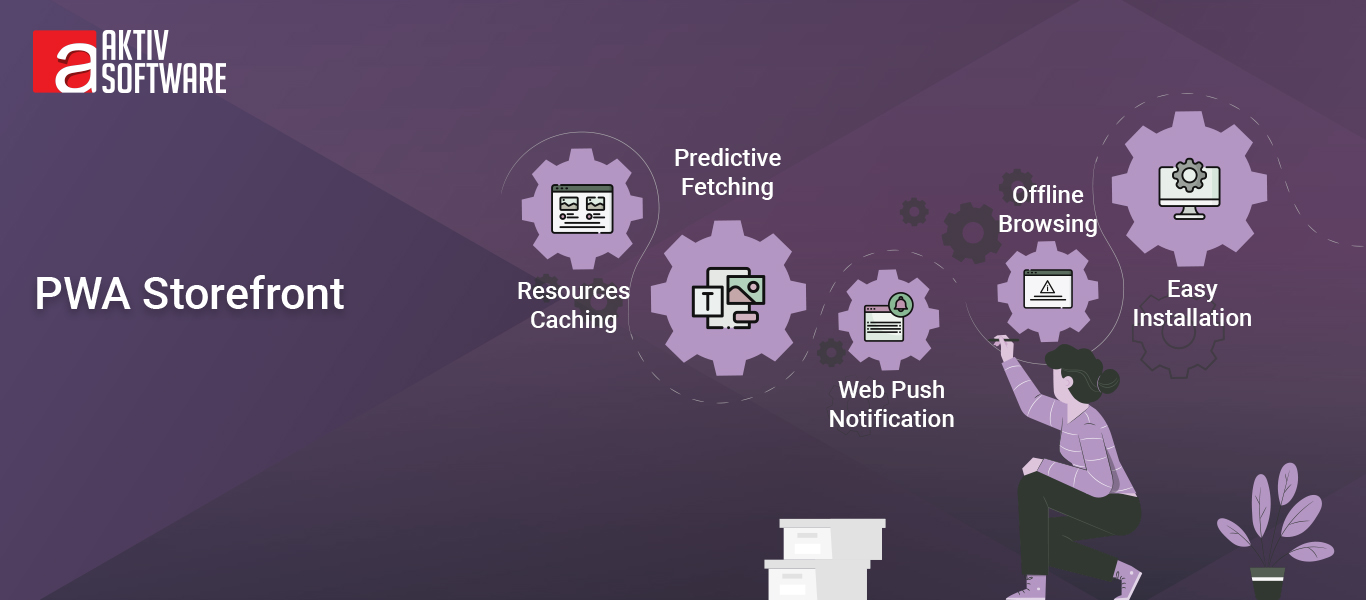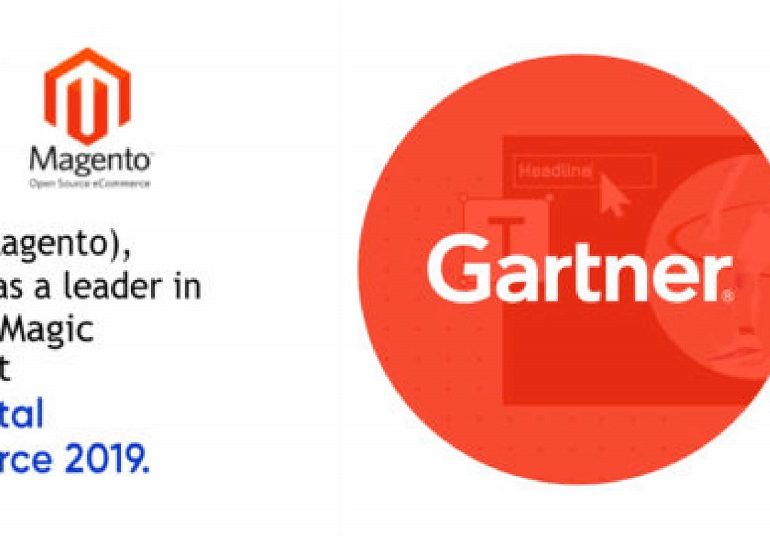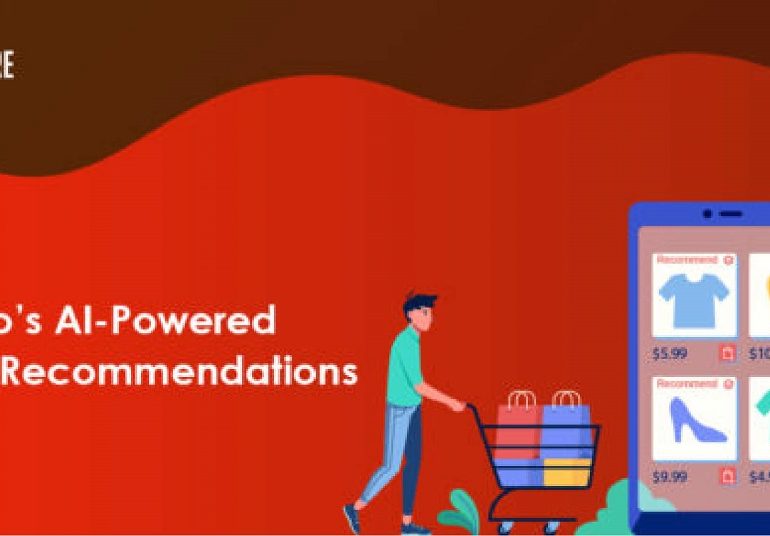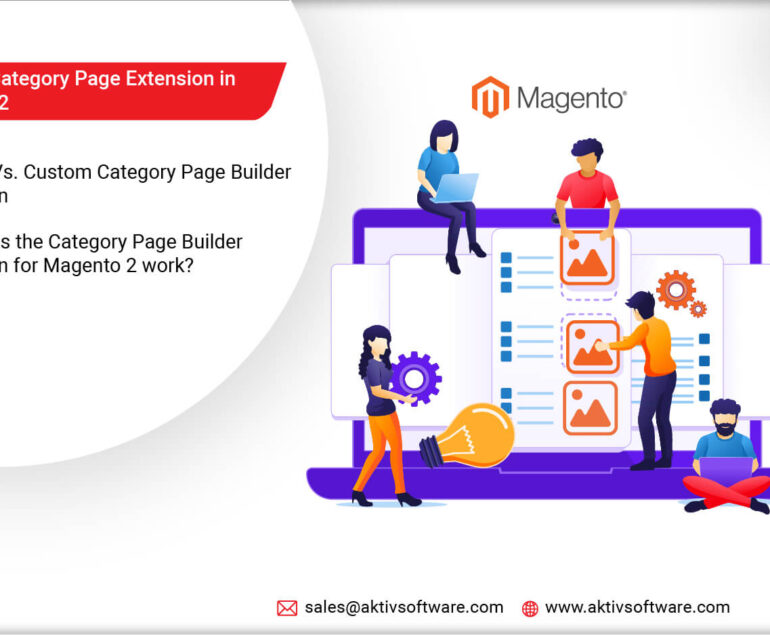As the pandemic lingers, the possibility of Progressive Web Apps (PWA) becoming a more viable alternative for merchants and retailers will continue to grow. With customers’ changing buying behaviors, mobile commerce could be one of the imperative investments to make your business bloom.
When it comes to mobile commerce, you might have been using responsive websites or native apps to withstand customers’ needs. Or maybe you use both of these technologies to suffice your customers’ needs and end up frustrating them as technological limitations overlap.
Being a Magento development company, we have faced scenarios where our clients complained about mobile experience issues, even after using mobile responsive websites and native apps.
To brief, responsive websites are web pages that dynamically suit all devices and browsers with the same code. But results are often imperfect as the navigation might not work smoothly for old browsers resulting in increased load times.
Native apps, on the other hand, are custom codes for each mobile operating system. However, it comes with a few drawbacks as they eat up bandwidth with frequent updates and consumes local storage.
So, if you currently use any of these technologies and aren’t receiving conversions, you might blame one of the above reasons.
To generate a mobile experience for your customers, you need to reconsider using technology. If you are unaware of the technologies, you can always consult an eCommerce web development company about developing solutions according to your business needs.
1. Simplified Alternative to Web Pages and Mobile Apps
Back in 2015, Google introduced Progressive Web Apps as an alternative to responsive web pages and native apps. The primary purpose of PWAs was to deliver comfortable mobile experiences built on a single code base straight from the browser. This means you build one set of PWAs and continue using them to generate a great experience on any device (mobile phones, tablets, and desktops).
You can replace the patchwork of responsive websites and native apps with a single code base that works for all endpoints.
2. App-like Experience
PWAs are websites built using technologies like HTML, CSS, and JavaScript. They are designed for the mobile interface, which results in simpler and more comfortable interactions. Unlike responsive Web Pages, all PWA URLs load even on an offline device. It is a treat for the shoppers as they can always use the latest cached version of the site without facing page loading issues.
PWAs include metadata that allows customers to save them to their home screens quickly. Moreover, shoppers can also access smartphone features like push notifications and camera access to provide a more interactive experience. Unlike native apps, users do not have to download and install PWAs or worry about frequent updates.
3. Lower Development Cost
As encountered previously, PWAs provide a seamless experience for all kinds of devices—desktops, tablets, and smartphones—from a single code base. Switching to PWAs means you no longer have to sustain mobile apps for iOS and Android, and it has been identified that it can cost 20% or more of your original development bill each year.
To cut it short, using PWA means a lower total cost of ownership (TCO) while using the privilege of sparing less time on patching and refining multiple apps.
4. Boosts Engagement and Conversion Rates
Many users prefer using mobile apps over web pages because they can’t withstand the slow-loading shopping experience. But PWAs let users interact smoothly with your storefront. Google research indicates PWA has increased overall 137% engagement rate. (Source: https://web.dev/progressive-web-apps/ )
With cached resources, predictive fetching, web push notifications, and offline browsing, PWA offer your customers personalized content, increasing engagement rates for your storefront. When users have easy access to your storefront, the user tends to spend more time on your service, increasing the chances of conversions.
Why wouldn’t people choose Progressive Web Apps over mobile apps? Mobile apps require three steps to install, whereas PWA installation is done seamlessly in a single click, keeping users intact in the conversion funnel.
Users installing your PWA are most likely to be your most engaged users, with better engagement metrics than casual visitors due to its standalone experience.
5. Leverage modern web capabilities with Progressive Web Apps
Customers prefer experiences that are fast, installable, reliable, and engaging. And Progressive Web Apps certainly play a role in fulfilling those expectations.
Your PWA storefront can benefit from the massive reach of the web, alongside all the user-friendly features that users get in Android/iOS/desktop apps. You can further leverage the capabilities of modern web APIs that can be implemented independently depending on your business specificities and priorities.
As an eCommerce store owner, you might be aware that users hate delays and unreliability while making online purchases. So, to avoid the stress of mobile delays, limited storage, installation, and offline usage, building a PWA storefront is highly recommended.
Want to learn more about Magento PWA studio and how best you can leverage its strength for your business? Schedule a meeting with our certified Magento consultants.










[…] like storing thousands of products and managing them, coupon management, order management, PWA studio, and many other backend tools to manage different functions of an e-commerce […]
[…] Also, know about the benefits of enabling PWA for your Magento store. […]